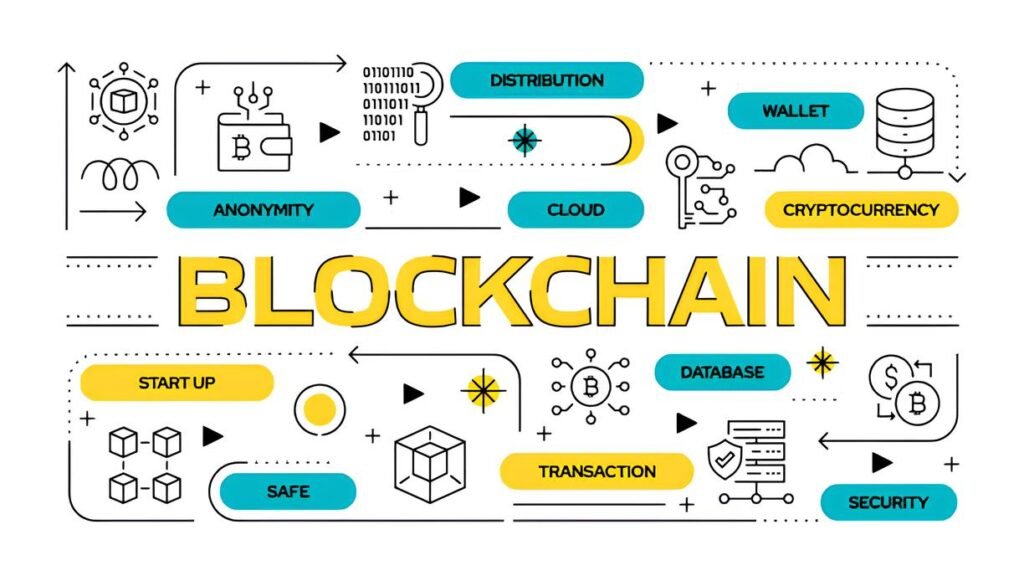Imagine sending a message you believe is locked tight with digital armor—safe from prying eyes and data thieves. You might think encrypted email is your fortress in an age when data breaches make headlines almost daily. But what if the very tools designed to protect you could slip under your radar and become a hidden vulnerability instead?
Encrypted email sounds perfect on the surface—privacy, security, and control. Yet, beneath the layers of encryption, there are unexpected weaknesses that many users overlook. Before you fully trust your encrypted email provider, it’s crucial to understand where risks can creep in, sometimes unnoticed. Could your digital sanctuary, ironically, be a liability?
In This Article
How Encrypted Email Really Works
Encrypted email is designed to protect the contents of your messages from anyone but the intended recipient. Usually, this involves end-to-end encryption, which means your message is scrambled on your device and can only be unscrambled by the recipient’s private key. Services like ProtonMail or Tutanota often promote this strong form of encryption.
Yet, in practice, the encryption method and where it’s applied can differ widely. Some providers encrypt messages only on their servers during transmission (TLS encryption), rather than guaranteeing end-to-end encryption. This nuance may sound minor but drastically changes your message’s security profile.
Understanding the difference between encryption “in transit” and true end-to-end encryption is the foundation for grasping why encrypted email providers might sometimes be liabilities.
Common Misconceptions About Encrypted Email
Many users assume that simply using an email service with “encrypted” in its name or marketing guarantees total privacy. However, there are several common myths:
- All encryption is the same: Not all encryption methods provide equal protection. Some only encrypt data during transmission, not on the server or endpoint.
- Your provider can’t read your emails: Some services do have access to your unencrypted emails or metadata, meaning internal staff or anyone who compromises their infrastructure could view your content.
- Use of encrypted email means you’re anonymous: While content might be protected, your identity and metadata often aren’t.
These misunderstandings put users at risk of assuming security is airtight when it isn’t.
Risks Linked to Encrypted Email Providers
Despite the technical security features, your encrypted email provider introduces a set of risks that could turn your communications into liabilities.
Centralized Data Storage
Most encrypted email providers operate centralized servers, which are honeypots for attackers or subject to legal pressure. Even if content is encrypted, metadata such as who you contact and when remains accessible and can reveal much about your activities.
Server Compromise and Insider Threats
A well-secured server can still fall victim to exploitation. Cases of insider access or vulnerabilities leaving server data exposed are not hypothetical—they’ve happened to even high-profile providers. Attackers may gain access to encryption keys or plaintext messages stored temporarily on the server.
Legal Compliance and Data Requests
Encrypted email providers must comply with laws in their jurisdictions. This often includes handing over metadata, logs, and sometimes even content if encryption is weak or keys are stored. These legal frameworks vary but can undermine your trust in the provider’s privacy promises.
Key Management Challenges
For true end-to-end encryption, secure key management is essential. Some providers generate, store, or manage keys on behalf of users, which creates risks of interception or theft. If keys are compromised or poorly protected, the encryption is effectively useless.
Mixed Encryption Paradigms
Providers often have to support interoperability with standard email systems that don’t use encryption, forcing a hybrid of encrypted and unencrypted workflows. This increases attack surfaces, as some messages or attachments may travel unprotected before or after reaching the encrypted ecosystem.
Even if your emails are encrypted, metadata such as sender, recipient, timestamp, and message size generally remain visible to your provider—and to anyone with server access or legal authority.
When Metadata Still Leaks
Even with strong encryption, your email usage patterns reveal a lot. This metadata can be weaponized to identify communication networks, timing patterns, or correlations that deanonymize even privacy-conscious users.
For instance, knowing when an email was sent or how frequently you communicate with a certain contact can be enough to infer relationships or behaviors. This form of surveillance doesn’t depend on decrypting the message content—it’s the silent shadow lurking behind digital envelopes.
The modern privacy threat isn’t always about cracking encryption but analyzing the footprints left behind. If this behavioral metadata ends up in logs or is exposed via breaches, it can dismantle your privacy faster than an outdated encryption algorithm.
Key Trust Factors to Evaluate
Given these risks, how can you vet an encrypted email provider before trusting them blindly? Here are crucial factors to scrutinize:
- Open Source Transparency: Providers who open their code to public review reduce the risk of hidden backdoors or vulnerabilities.
- Zero-Access Architecture: Does the service design ensure absolutely no access to decrypted user content or keys on the server?
- Jurisdiction and Privacy Laws: Understanding where the company operates helps you gauge the risk of forced data disclosures.
- Metadata Minimization: Does the service minimize or anonymize metadata collection, or is it logged indefinitely?
- Independent Audits: Recent security audits from third-party cybersecurity firms increase trustworthiness.
None of these is a guarantee, but combined, they help build a more reliable picture of whether your provider respects your privacy beyond marketing claims.
Look for providers that emphasize privacy by design rather than just privacy by marketing. You can also explore how to build your own secure email infrastructure or use complementary tools for stronger anonymity.
Better Privacy Practices Beyond Encryption
Encryption alone isn’t the whole story when it comes to secure email. Even the most advanced cryptography can’t fully protect you if human or operational factors are weak. Here are practices to enhance your email privacy posture:
- Use Pseudonymous Accounts: Avoid tying your encrypted email to your real identity or phone number.
- Combine with Secure Messaging: For sensitive communication, consider encrypted chat apps with ephemeral messages alongside email.
- Beware of Metadata Leaks: Use VPNs or Tor to obscure your IP address when accessing emails.
- Regular Key Rotation: Change encryption keys periodically to limit damage from potential compromise.
- Disable or Minimize Email Client Metadata: Turn off auto-download of images, read receipts, and unnecessary headers.
Many of these points tie into broader digital hygiene measures discussed in guides like How to Practice Good “Data Hygiene” Across Devices, which can safeguard your privacy from leak points unrelated to encryption technology itself.
Rethinking Your Secure Communication Approach
Encrypted email offers a powerful tool in protecting your digital life but relying on it blindly could give you a false sense of safety. Consider the provider’s architecture, jurisdiction, and metadata handling as critical components—not just the promise of encryption.
True privacy requires a layered approach that looks beyond just cryptographic algorithms. Awareness of metadata exposure, operational security practices, and ongoing threat evolution will keep your communication truly secure.
Before choosing your next encrypted email provider, ask yourself: Is this digital fortress genuinely impenetrable, or are hidden cracks waiting to undermine my privacy?


